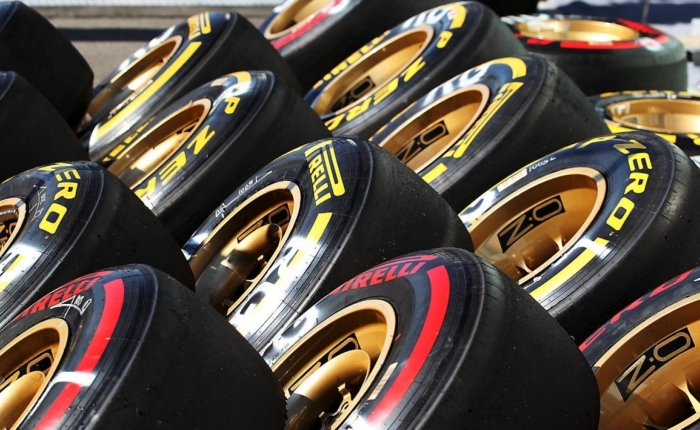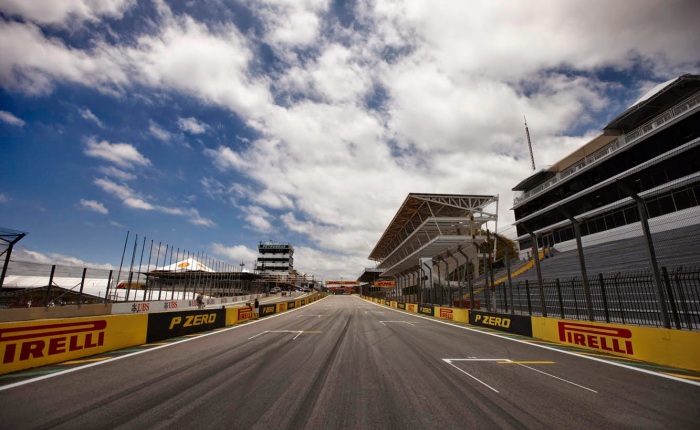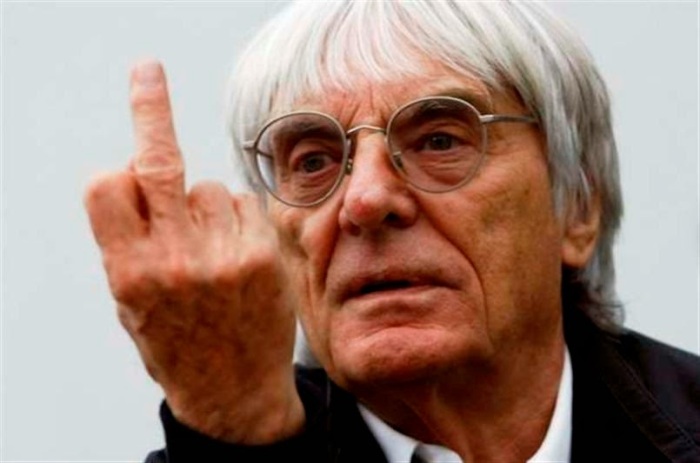There are 724 other Formula 1 drivers who would have loved some of Fernando Alonso’s curse. He is one of only 33 world champions the sport has seen. But it’s fair to say, Fernando’s days with the crown feel like a lifetime away now, whereas bad luck seems to follow with permanent DRS enabled.
It was the recent attempt at IndyCar’s Indianapolis 500 that endeared him to a new legion of fans but once again showed the stars will not align for the Spaniard. It would have been the stuff of dreams had he won the big one in his rookie race. Ability wise, it wouldn’t have been shocking, but it is more Hollywood than reality.
This isn’t to say IndyCar is to be taken lightly.
It may appear a simplified sport to F1 aficionados but there is an art to oval racing. On many occasion fans of other motorsports laugh at the idea of going around in a circle. It’s as if they see the Indy 500 as a simple foot down and steer experience.
In contrast, an average of 16.7 turns are dealt with during each race weekend on the current F1 calendar. During the course of the season, 334 are taken, the highest for an individual track is 23, the lowest being 9 (which still dwarfs the Indy 500). This means each circuit becomes a compromise on setup.
No car can perfect each corner and the straights.
Oval endurance racing is about how to optimise the car for what appears to be a narrow choice between downforce and speed. But the changing conditions – both on track and in car – require gentle tweaks in weight distribution and balance. Rather than the optimisation of several sections, with a knowing sacrifice elsewhere (often offset with ERS or DRS), it is a tightrope walk that requires intelligence combined with a supernatural feel.
The two elements Alonso has above all F1 drivers, past and present.
Such a linear setup target, relying on the feel of the car, should sound like second heaven to someone like Jenson Button. Often described as unbeatable when the he feels the setup is perfect. But he dismissed IndyCar in the clearest terms when interviewed at Monaco. Perhaps the greatest acknowledgement: to get that perfect setup isn’t an easy task.
Alonso took to the Andretti based McLaren-Honda and the new formula as if he’d lived on oval circuits. He won hearts and minds in America and ensured his status as an all-time great. Transcending F1 and proving he doesn’t need an Indy 500 win and Le Mans 24 trophy to solidify his legacy.
But again, he does this through failure, not success.
If life is trying to send him subliminal messages, it’s getting bored with how slow he is to take the hint, so it sent a glaring one. The architect of his demise was once again a Honda badged engine. It forms a long line of conspirators against the Spaniard.
His personal choices can, of course, be questioned. But aside from conduct during his first McLaren stint, he’s appeared to be the loyal and dedicated professional teams pay $40m a season to secure.
With his unfortunate turn of luck stuck in a perpetual cycle, one has to consider a sinister form of fate is driving him to retirement without a third world title.
Time and a narrowing market of professional opportunity compound the issue.
McLaren will not be competitive this season and even the most optimistic Honda engineer cannot be expecting to produce an engine on par with the leading pack in 2018. Such a turnaround would be nothing short of miraculous but the talk of it sounds nothing short of folly.
There’s potential for movement in the top two teams of Ferrari and Mercedes. But the Prancing Horse always has a clear Alpha and Omega when enjoying periods of competitiveness and it’s hard to see Vettel losing his number one spot.
Mercedes sell the idea of equal footing but after the strain of the Hamilton/Rosberg dynamic, they’ve opted for the safe Bottas. He’s formally managed by Wolff and likely still influenced by the Austrian. He’s certainly more malleable than Alonso would be if it came down to an awkward in-house championship fight.
Which leaves Red Bull, probably the best driver balance at the front of the grid with years of longevity, should they wish to retain and are able to fend off third parties.
This leaves Alonso stuck in a seat he sought out after giving his prime years to a failing Ferrari. A Ferrari that came good not so long after he departed. Detractors could claim this is indicative of a negative effect he has teams.
Sportsmen are notorious for being superstitious. Whether it be always placing the left glove on before the right or a lucky meal that can never change on the day of the event. Alonso’s must be to break mirrors every seven years, or driving around for hours hoping to see magpies sat on their own. (I personally don’t have any superstitious tendencies and hope to keep it that way . . . touch wood.)
Since the Indy 500 experience, his return to F1 has continued to be tainted by poor luck. In Azerbaijan he collected a bittersweet two points. The not so subtle remark about how they could have won the race was aimed squarely at his engine supplier.
Austria witnessed a good Alonso start off the grid, only to be wiped out at turn one. An innocent party in a collision where the fates conspired against him.
The British Grand Prix at Silverstone underlined the woes of living with Honda. Starting from the back of the grid after a thirty place penalty, a mechanical failure added another DNF to this season’s tally.
It must be difficult to remain upbeat when faced with repeated setbacks.
Is it just bad luck? Poor judgement? Or does someone, somewhere, have a voodoo doll that looks like a little Spaniard in a racing suit? Is it a curse that means Fernando Alonso will never complete a hattrick of F1 world titles, let alone the triple crown of Formula 1 Champion, Indy 500 winner, and a 24 Hours of Le Mans victory?
Should he secure any of the above, his arduous journey since his last world title in 2006 will feel like it was worth all the ill-fortune in the world. However, all signs point to his misery continuing indefinitely.




